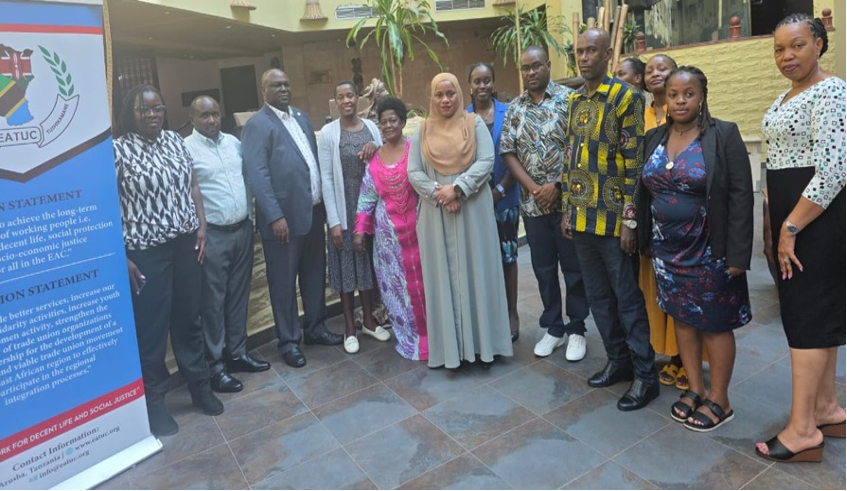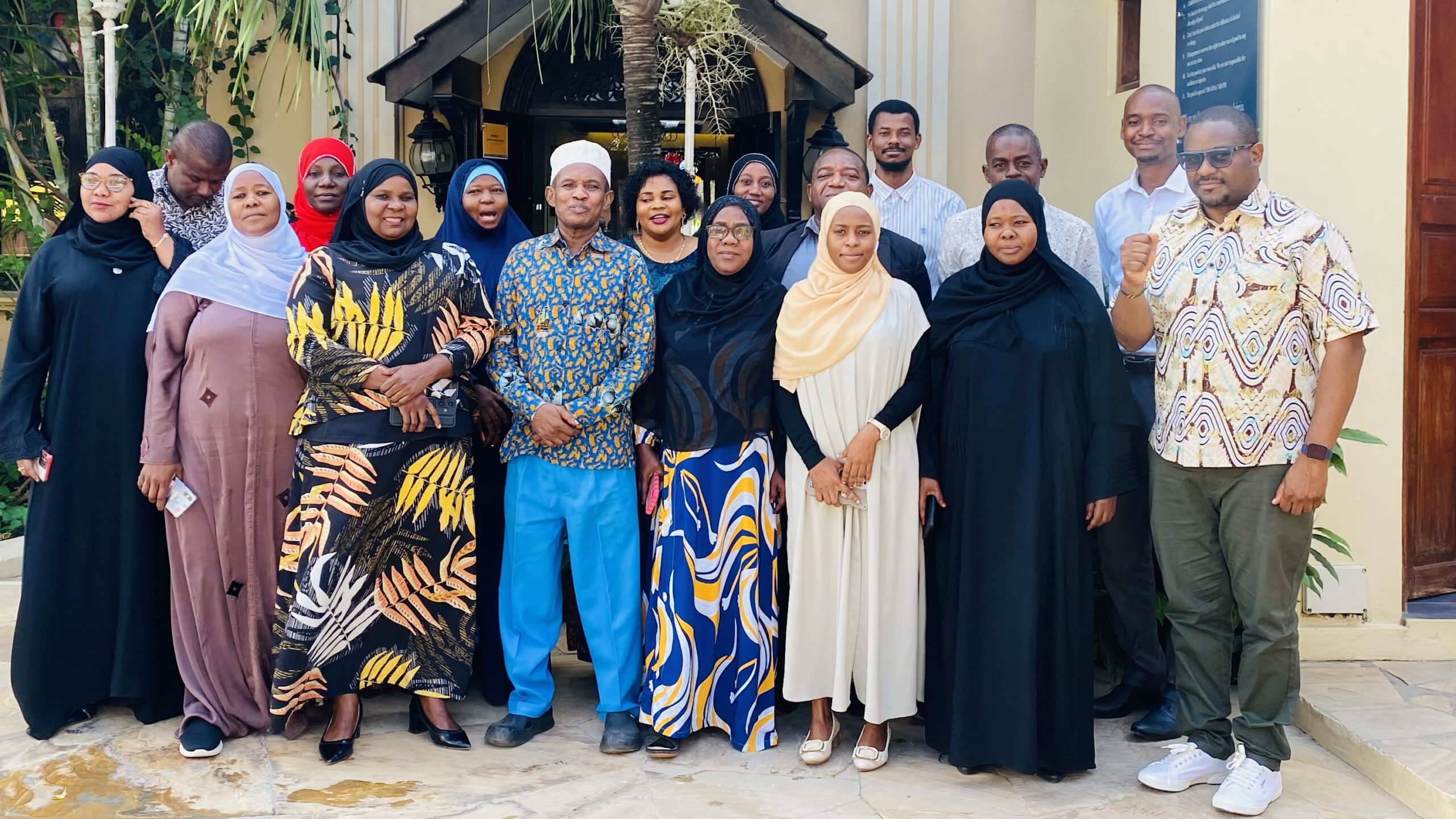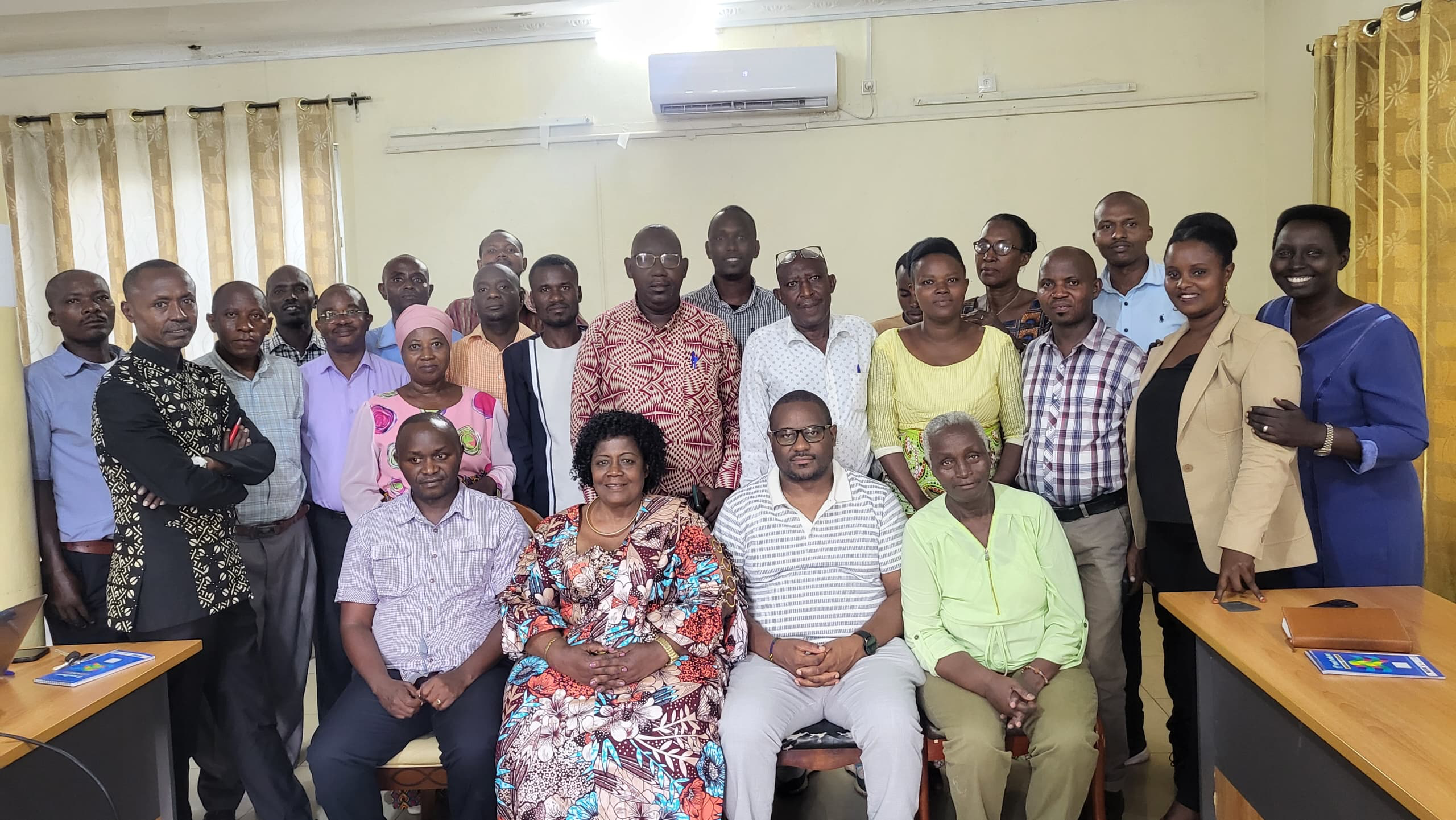Climate Change and Just Transition Training Manual

Climate Change has the most adverse impacts on the East Africa’s natural resource thus water, land, plants and animals, on which the economic and social development of the region depends. Adverse effects of climate change are threatening to undo decades of development efforts and frustrate poverty eradication programmers in the Partner States.
Climate change primarily manifests itself in terms of temperature increase, variability of precipitation patterns, and change in the frequency and intensity of extreme events and sea level rise. Rainfall and temperature are the main driving forces that trigger productivity in agriculture and of ecosystems. Climatic variability and extremes are a great concern for East African countries where the link between climate and livelihood is very strong.
Climate change in the region is translated directly to the economic and social performance of the region. Depending heavily on rain-fed agriculture, rural livelihoods are highly vulnerable to climate variability such as shifts in growing season conditions. As rainfall and atmospheric temperatures change, land use potential and productivity will change mainly in response to changes in primary productivity. Several impacts are already observable in the Partner States and there is broad scientific consensus that further climate change impacts will occur. East Africa’s climate is changing.
Climate-Change-and-Just-Transition-Training-Manual









